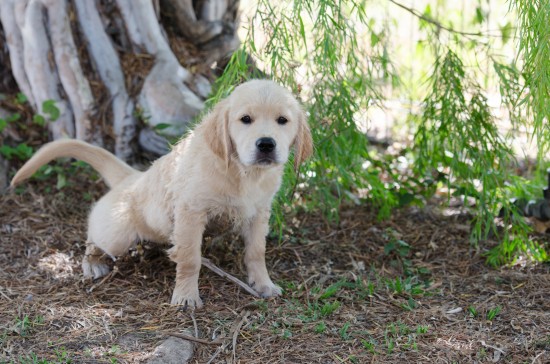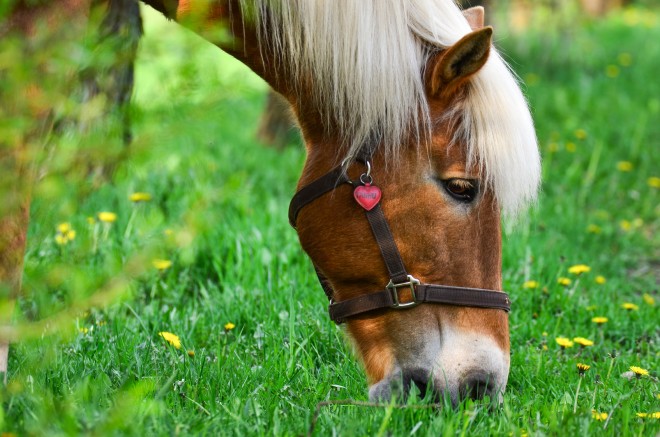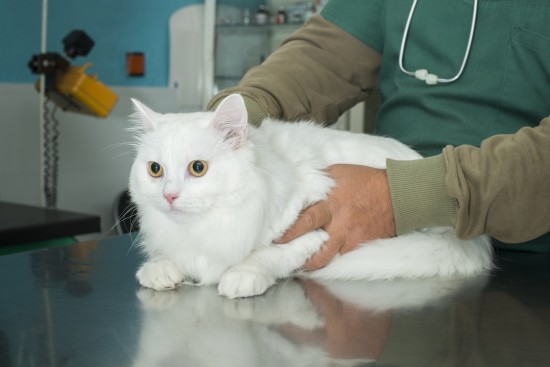
If your dog is an important part of your life, you will want to provide the best of care for her so she can enjoy a long and rewarding life. A trip or two each year to your veterinary clinic does not guarantee that your loyal canine will maintain her healthy appearance and youthful spirit. It is you, the dog's owner, who can make the difference between your dog living a long, full life or one of physical disease and health problems.
Many dogs are treated like they are immune from common heath problems - they are NOT! They suffer many of the same health issues that afflict humans; teeth and gum disease, ear infections, toe nail problems, and hair issues, just to name a few.
Well, don't get discouraged, because a few simple and easy grooming practices can help you prevent the premature aging of your pet. Basic personal dog grooming is the key to early recognition of skin and tumor issues, dental problems, and mobility difficulties.
To help you establish a regular dog grooming regimen, the following tips are provided covering five key areas; brushing, bathing, nail trimming, ear cleaning, and dental hygiene.
Brushing Your Dog
Brushing, or grooming, your dog is a great time for bonding with her and providing the physical contact that all dogs desire. This practice promotes a lustrous shine on the dog's coat, whiling eliminating dirt, debris, and dead fur.
This is also the perfect opportunity to examine your dog's skin for fleas and ticks, lumps, cuts, or contusions. And while you're at it, take a moment and examine her ears, eyes, teeth and nails.
Bathing Your Dog
Here is the good news - most dogs only need bathing once a month, unless she likes to play in the rain and mud. If she does get dirty on a regular basis, adjust your bathing schedule accordingly.
A prerequisite to bathing is a good brushing. This loosens up any dead hair or dirt and makes the bathing process much more productive. A good practice is to start bathing your dog as young as possible. Generally start when she is about 14-15 weeks old, or earlier, if they tend to get into messy situations.
Find a good location to bathe your dog, preferably one that is contained and has good drainage. Undoubtedly, water will be spilled or shaken near and far. An enclosed shower or tub is an ideal location, or if your dog is a smaller breed, the kitchen sink can also work.
Wet your dog thoroughly, avoiding her head to keep water out of her eyes and ears. Plug your dog's ears with cotton balls if there is a risk of flooding the ears. Use a dog shampoo and lather up the dog. Be sure to rinse thoroughly and squeeze off the excess water. The face should be washed with a soft, damp cloth. Towel dry your dog, and blow dry if desired, but it is best to keep her confined until dry.
Trimming Nails
Nail trimming can be a traumatic experience for some dogs. So, it is best to start the nail trimming experience as early as 2-3 months old to let your dog become accustomed to the practice. For puppies, you can often use finger nail clippers to tip the ends of the nails.
If this is just too much for your dog or puppy to handle all in one sitting, you may start with trimming only one paw at a time, giving your dog an extended break between sessions. The key to successful nail trimming is providing your dog lots of praise when she lets you cut a nail. Kind, soothing words of praise will let her know that she is loved and this experience is nothing to fear. Of course, a few dog treats after the session is over can't hurt either.
Cleaning Ears
Inspect your dog's ears often, but only clean them when there is evidence of dirt in the opening or canal. Use a cotton ball, never a cotton swab, to clean the dirt out of the ear. Soaking the cotton ball with a good ear cleaning solution provides the best results. Hydrogen peroxide can be substituted for the cleaning solution, if necessary.
If you notice that the dog's ears are red, swollen, or emit a foul smell, the problem might be more serious and demand veterinary attention. Yeast infections, ear mites, and other ear problems are more easily treated by medications only available from your vet.
Keeping a Bright Smile
As a dog's life span has been extended over the years, it is even more imperative that your dog maintain healthy teeth and gum tissue. You can assist her by brushing her teeth regularly. Start as early in life as possible, to get your dog accustomed to the feel of your finger or brush in her mouth.
Starting with your finger, or a special dog toothbrush fitted for your fingertip, begin massaging your dog's gums and gently rubbing her teeth. Once she has become accustomed to the practice, try using a dog toothbrush, or small soft bristled human toothbrush, with dog-specific toothpaste. Never use toothpaste designed for humans on your dog.
Continuing this practice throughout your dog's life will ensure that she will avoid gum disease, loose teeth, and related eating problems.
These easy-to-follow grooming tips take very little time compared to the years of enjoyment your dog will provide you and your family. Take care of your loving "best friend" and she will certainly return the favor many times over!
 How Do Male Dogs Respond To The Addition Of A New Baby Into The Home?
How Do Male Dogs
How Do Male Dogs Respond To The Addition Of A New Baby Into The Home?
How Do Male Dogs
 Insect Bites And Horses
Insect Bites And
Insect Bites And Horses
Insect Bites And
 House Training A Puppy Or New Dog
House Training A
House Training A Puppy Or New Dog
House Training A
 Horse Nutrition - The Basics
Horse Nutrition -
Horse Nutrition - The Basics
Horse Nutrition -
 How To Make Visits To The Vet Less Stressful For Your Cat
How To Make Visit
How To Make Visits To The Vet Less Stressful For Your Cat
How To Make Visit
Copyright © 2005-2016 Pet Information All Rights Reserved
Contact us: www162date@outlook.com